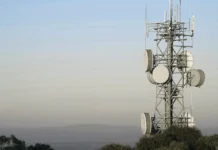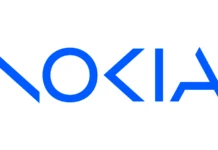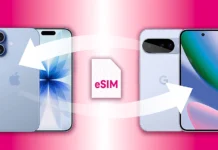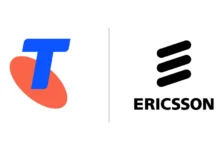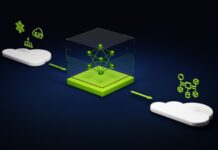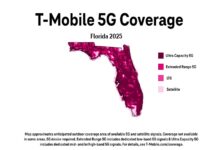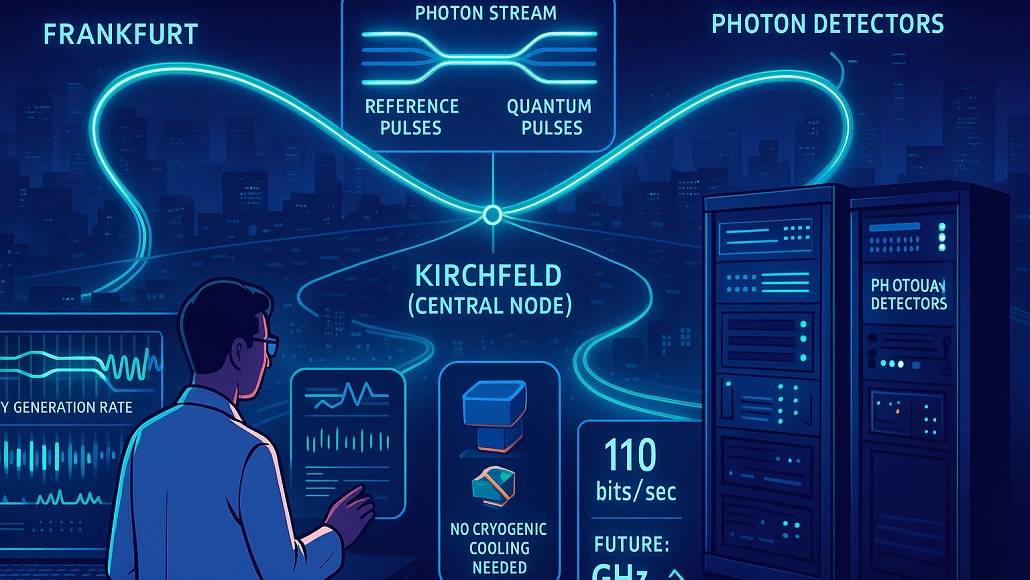There are currently no classical networks that can match quantum networks’ ability to identify eavesdroppers and withstand hacking. However, telecom and other network operators may still find quantum networks less appealing if they need expensive, specialised technologies.
More than 250 km may be covered by quantum communications utilising the current commercial telecommunications infrastructure, according to Toshiba researchers and their colleagues.
“This work opens the door to practical quantum networks without needing exotic hardware,” says Mirko Pittaluga, who took part in the research while at Toshiba Europe in Cambridge, England. “It lowers the entry barrier for industry adoption.”
It is theoretically impossible to intercept encrypted messages sent using quantum networks. They are predicated on the observation that the measurement of a quantum system, such as scanning a light pulse to see what information it may contain, upsets the general characteristics of the signal.
To encrypt and decrypt a private message, secret-key encryption, whether it be quantum or classical, depends on the sender and recipient sharing a secret key, which is typically a lengthy, alphanumeric string. A transmitter and a recipient can exchange random secret keys—typically encoded in photons—over an unprotected channel using a technique called quantum key distribution (QKD). Any potential eavesdropper attempting to intercept the keys would produce detectable anomalies in their photon observations. According to Toshiba, the global market for quantum key distribution is expected to reach over $20 billion by 2035.
Scalable Quantum Networks Without Cryogenic Coolers
Scientists have long believed that expensive tools like cryogenic coolers would be needed to make quantum networks a reality. Now, the new system “suggests that quantum networks could become much more scalable and practical in the near term,” says Pittaluga, who is currently quantum lead at Wave Photonics in Cambridge, England. The findings were published online by the researchers on April 23 in the journal Nature.
In the latest study, Pittaluga and his colleagues used 254 kilometers of commercial optical fibre that already existed in Germany to create a quantum communications network. With a relay node at Kirchfeld, this system connected telecom data centres in Frankfurt and Kehl.
Over hundreds of kilometers, quantum communications frequently depend on maintaining a high degree of synchronisation between the peaks and troughs of light pulses, or their wave phases, down to tens of nanometres. These systems frequently use lasers and ultrastable optical cavities to minimise any phase noise that may originate from the light sources.
Rather, the transmitting nodes in Frankfurt and Kehl that functioned as reference frequencies were illuminated by laser beams from the new system’s central node in Kirchfeld. The researchers claim that this made it possible for the Kirchfeld lasers to establish a common benchmark, which more practically and economically reduced phase noise at the Frankfurt and Kehl stations than would have been possible with specialised, ultrastable equipment.
High-performance quantum key distribution systems frequently employ extremely sensitive superconductive nanowire single-photon detectors to compensate for any signal losses that may have occurred in the fiber. Rather, the new device employed avalanche photodiodes for semiconductor-based single photon detection. These don’t require costly cryogenic equipment and are tens to hundreds of times more cost-effective than their superconductive counterparts.
But compared to their superconductive counterparts, avalanche photodiodes are only about one-fourth to one-sixth as effective at detecting photons. They are also hundreds of times more likely to mistakenly identify signals that aren’t there. The new system transmits a reference laser pulse in addition to the beam carrying the quantum data in order to address these issues. Additionally, the system employs two sets of avalanche photodiodes at the receiving end of the signal instead of simply one. While the other avalanche photodiodes examined the reference beam, the researchers used one set of avalanche photodiodes in Frankfurt and Kehl to conduct the quantum-communications protocol. The researchers discovered that this latter process enabled the system to adjust for noise originating from vibrations, temperature changes, and other disruptions in the optical fibers.
Envisioning Gigahertz Speeds
Another issue the scientists faced was integrating all the components into a working system that remained stable over time. “There were many sleepless nights debugging in the lab,” Pittaluga says. “But close teamwork and a commitment to simplicity helped us get through it.”
Overall, the new system doubled the distance for effective quantum key distribution without cryogenic cooling, which was previously accomplished. Nevertheless, it only sent encryption keys at a rate of 110 bits per second.
“Increasing the key distribution rate beyond 110 bits per second is a natural next step, and there are both engineering and research avenues to achieve this,” Pittaluga says. “For instance, one straightforward improvement is increasing the encoding rate of the protocol. Currently, we’re operating at 500 megahertz, but scaling up to a few gigahertz is within reach with existing technology. That alone could offer roughly a tenfold increase in key rate.”
According to Pittaluga, the research community is actively pursuing the development of quantum repeaters as a possible long-term avenue for quantum networks. “These would allow us to extend both the distance and performance of secure quantum links significantly,” he notes.
Still, overall, “it’s important to highlight that a few hundred bits per second of secret key generation is not necessarily a limitation, depending on the application,” Pittaluga says. “In many practical scenarios, such as using quantum keys to periodically refresh classical symmetric encryption systems, this rate is quite sufficient.”

